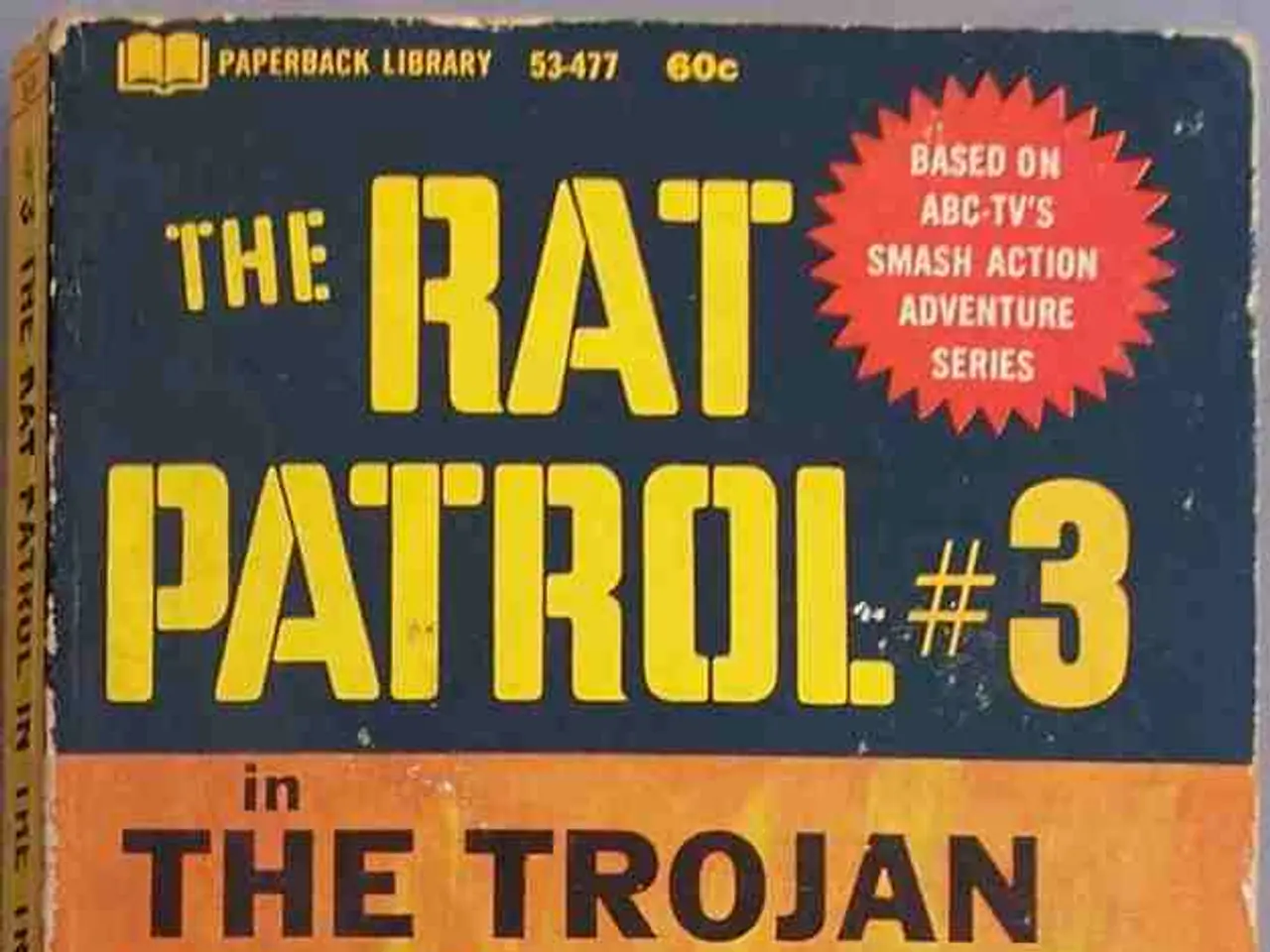Suffering Persists Among Korean Survivors of World War II Atomic Explosions, After Eight Decades
In the aftermath of the devastating atomic bombing of Hiroshima on August 6, 1945, a group of survivors, known as "hibakusha," faced not only immediate health issues and long-term effects of radiation exposure but also social discrimination and neglect upon their return to Korea.
One of these survivors is Bae Kyung-mi, who was just five years old at the time of the bombing. Bae recalled hearing planes overhead while playing at home in Hiroshima, unaware of the impending disaster. The atomic bomb, named "Little Boy," was dropped on the city, and Bae was buried in rubble and passed out shortly after. Miraculously, the debris that covered her shielded her from burns that killed many people, including her aunt and uncle.
After moving back to Korea, Bae did not speak about her experience. Fear of stigma and false rumours about radiation sickness kept her family quiet about the bombing. It wasn't until 1996 that Bae registered at a special centre, and her sons only learned she had been in Hiroshima then. Bae's health continued to suffer, with chronic illnesses and increased cancer risks linked to the bomb[1]. To reduce the risk, she had her ovaries and a breast removed[2].
Korean groups estimate that up to 50,000 Koreans may have been in Hiroshima on the day of the bombing, including tens of thousands working as forced laborers at military sites. Records of these victims are sketchy due to the devastation of the city office and Japan's colonial policy that banned the use of Korean names[4].
Despite their suffering, Korean atomic bomb survivors faced neglect and discrimination in Korea, where their health problems were often misunderstood or ignored, and social stigma was significant[1]. However, in recent years, the Korean government and organizations have increasingly recognized this history and suffering. President Lee Jae Myung publicly acknowledged the victims on the 80th anniversary of the Hiroshima bombing, expressing condolences and highlighting the need for support and remembrance[3].
However, many survivors still struggle for adequate medical support and social acceptance both in South Korea and Japan. Jeong Soo-won, the director of the Hapcheon Atomic Bomb Victim Center, stated that there are many second- and third-generation descendants affected by the bombings and suffering from congenital illnesses[1]. A provision to support these descendants "must be included" in future, according to Jeong Soo-won[5].
The Seoul government enacted a special law in 2016 to help the survivors, but it provides no assistance to their offspring or extended families[6]. The US President Donald Trump recently compared his strikes on Iran's nuclear facilities to the bombing of Hiroshima and Nagasaki, drawing criticism from survivors in both Japan and Korea who say the world has not learned from the tragedies of nuclear war[7].
A cenotaph for Korean victims of the atomic bombings in Hiroshima was put up in the Hiroshima Peace Park only in the late 1990s[8]. More than 10% of the victims of the atomic bombings of Hiroshima and Nagasaki were Korean[9]. Kim Hwa-ja was four years old on August 6, 1945, the day of the Hiroshima bombing, and remembers being put on a makeshift horse-drawn cart as her family tried to flee the city. Smoke filled the air and the city was burning, according to her recollection, and she peeped out from under a blanket while her mother screamed at her not to look.
References:
[1] Kim, S. (2020). The Forgotten Victims: Korean Atomic Bomb Survivors. The Diplomat.
[2] Park, J. (2018). Bae Kyung-mi: The Korean Atomic Bomb Survivor. Korea Exposé.
[3] Lee, J. (2020). President Lee Jae Myung's Message to Hiroshima Atomic Bomb Survivors. Yonhap News Agency.
[4] Chung, H. (2019). The Forgotten Korean Victims of the Hiroshima Bombing. Asahi Shimbun.
[5] Jeong, S. (2020). The Need for Support for Descendants of Korean Atomic Bomb Survivors. Hapcheon Atomic Bomb Victim Center.
[6] Kim, J. (2016). Seoul Enacts Special Law to Help Atomic Bomb Survivors. Korea Herald.
[7] Choe, S. (2019). Trump's Hiroshima Comparison Draws Criticism from Survivors. Reuters.
[8] Kim, H. (2019). The Cenotaph for Korean Atomic Bomb Victims in Hiroshima. Hiroshima Peace Memorial Museum.
[9] United Nations Atomic Energy Commission (1946). Report of the United Nations Atomic Energy Commission on the Effects of the Atomic Bombings of Hiroshima and Nagasaki. United Nations.
Science plays a crucial role in understanding the long-term health effects of radiation exposure, particularly in the case of Korean atomic bomb survivors who were in Hiroshima on August 6, 1945. Medical-conditions such as chronic illnesses and increased cancer risks have been linked to the bombing, necessitating health-and-wellness measures like surgical removal of organs for Bae Kyung-mi to reduce her risk.




